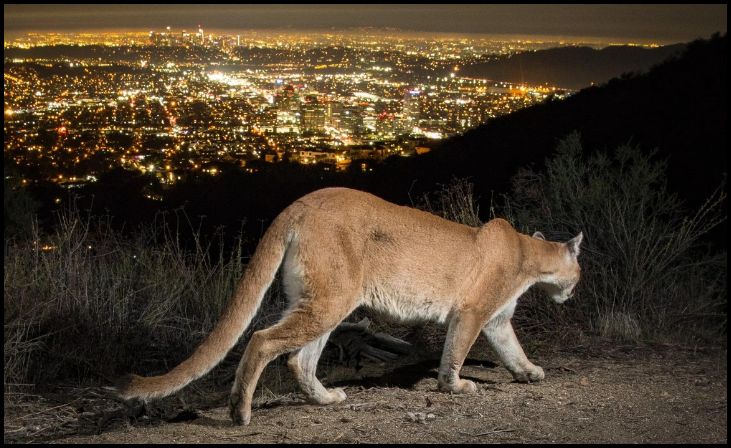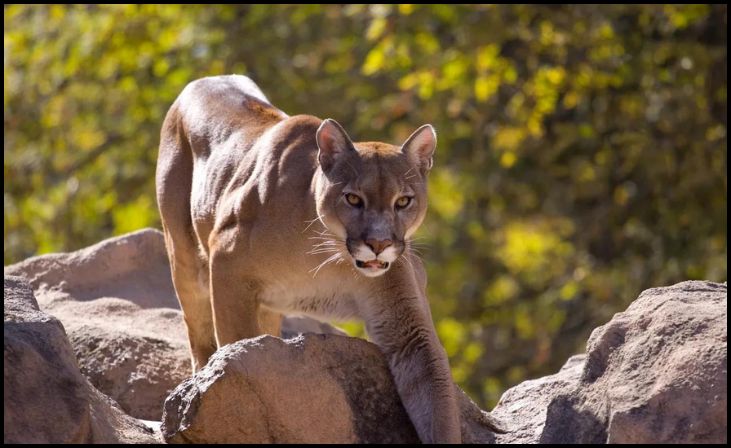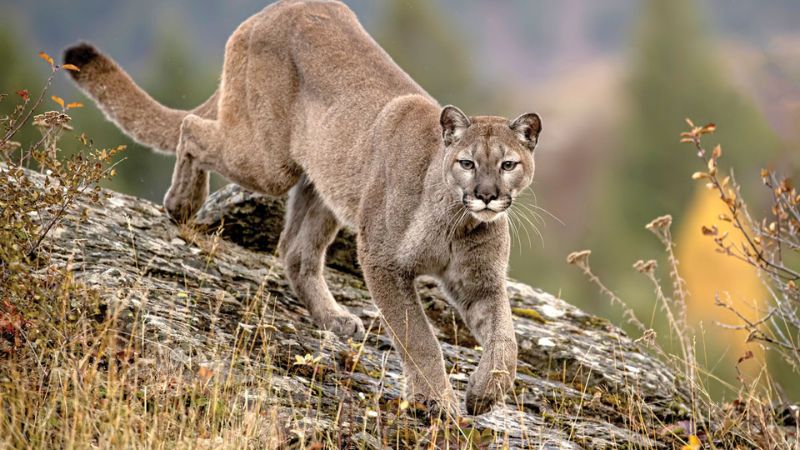Mountain lions, also known as cougars, pumas, or panthers, are elusive and majestic predators that roam various regions of the United States. These powerful felines are known for their impressive agility, stealth, and hunting prowess. Despite their secretive nature, mountain lions are found in numerous states, often inhabiting remote and rugged terrains. In this blog, we will explore eight states where mountain lions prowl, highlighting their habitats, behaviors, and the efforts in place to protect these incredible creatures. From the dense forests of the Pacific Northwest to the expansive deserts of the Southwest, each of these states offers unique landscapes where mountain lions thrive and continue to play a vital role in the ecosystem. Join us as we delve into the world of these fascinating big cats and the places they call home.
California: The Cougar’s Coastal Strongholds

In California, mountain lions have established significant habitats, especially in the Santa Monica and Santa Ana mountain ranges. These coastal areas provide the dense vegetation and rugged terrain that mountain lions prefer, allowing them to thrive despite the proximity to urban environments. Conservation efforts are vital to balance the needs of these predators with human development.
Colorado: Majestic Mountain Lions of the Rockies
Colorado’s rugged terrain is home to mountain lions predominantly found in the Rocky Mountains. The state’s varied landscape, from high alpine regions to lower foothills, supports a robust population of these majestic predators. Efforts to monitor and protect mountain lions in Colorado are essential to preserving the state’s rich natural heritage.
Montana: The Great Northern Prowlers
Montana’s vast wilderness provides a haven for mountain lions, with conservation efforts ensuring sustainable populations. The state’s extensive and remote landscapes offer ideal conditions for mountain lions to hunt and raise their young. Continuous research and habitat protection are key to maintaining Montana’s healthy mountain lion populations.
Arizona: Desert Lords of the Canyon
Arizona’s diverse landscapes support a robust population of mountain lions, particularly in the Grand Canyon area. These desert lords have adapted to the harsh conditions of the southwestern United States, finding shelter in rugged canyons and rocky outcrops. Conservation initiatives focus on understanding their ecology and mitigating threats from human encroachment.
New Mexico: Guardians of the Southwest

Mountain lions in New Mexico inhabit varied habitats, showcasing their adaptability and resilience. From arid deserts to mountainous regions, these guardians of the southwest play a crucial role in maintaining ecological balance. Efforts in New Mexico include habitat preservation and reducing human-wildlife conflicts to support sustainable mountain lion populations.
Utah: Sentinels of the Red Rocks
Utah’s mountain lions thrive in wilderness areas and national parks, contributing to scientific study and genetic diversity. The state’s unique red rock landscapes provide excellent habitat for these sentinels, allowing them to find ample prey and seclusion. Conservation programs in Utah aim to preserve these habitats and enhance public understanding of mountain lions.
Nevada: Shadows in the Silver State
Nevada’s mountain lions inhabit wide-open spaces and mountain ranges, with conservation programs focusing on mitigating urban expansion and mining activities threatening their habitats. These elusive shadows play a crucial role in the state’s ecosystems, and efforts are underway to study their movements and ensure their protection in Nevada’s diverse environments.
Washington: Whisperers in the Wilderness

Washington state offers diverse habitats for mountain lions, with ongoing research and education campaigns promoting coexistence between humans and these majestic creatures. From the dense forests of the Cascades to the arid regions of eastern Washington, mountain lions find a variety of environments to thrive in. Conservation efforts focus on public awareness and habitat connectivity to support healthy populations.

